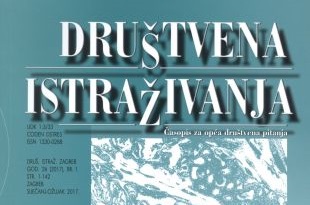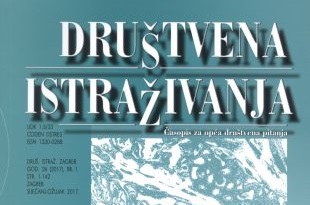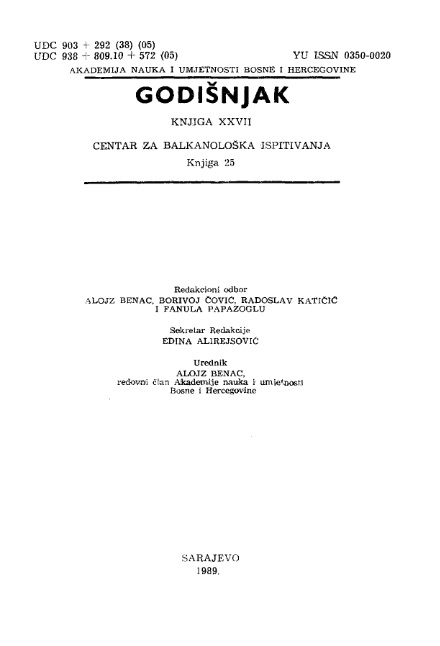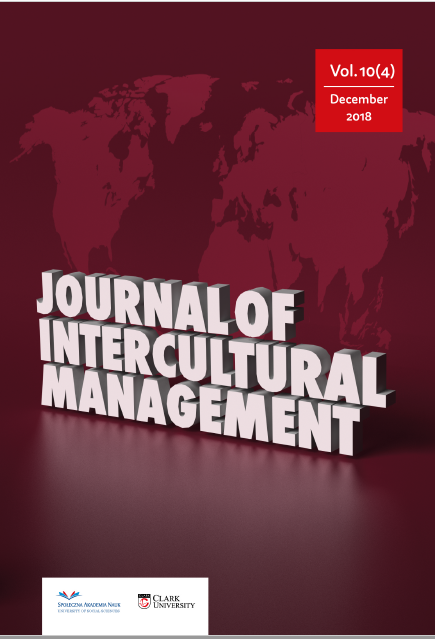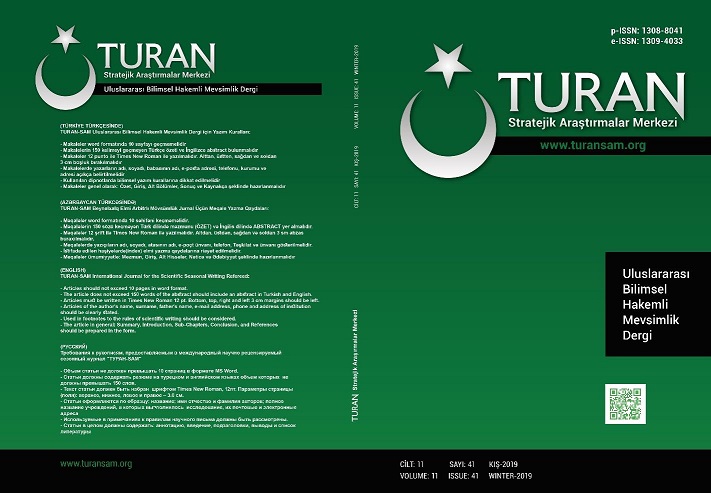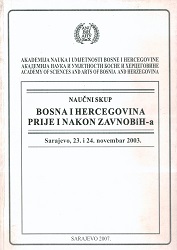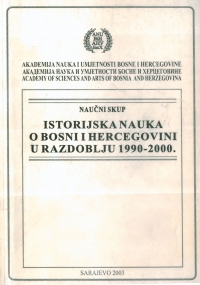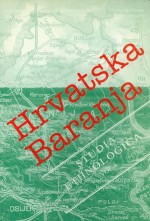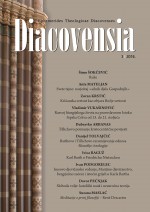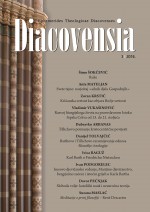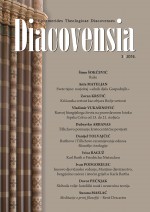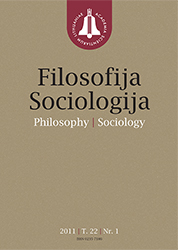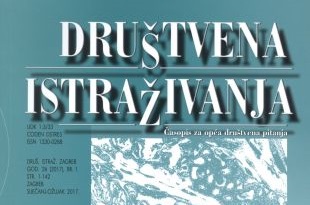
AUTORITARNOST, STAV PREMA STANJU DEMOKRACIJE I PERCEPCIJA RAZVOJNIH CILJEVA HRVATSKE
The aim of this study was to determine the role of socio-demographic variables, political orientation and the declared importance of religion in the interpretation of authoritarianism, and to establish the relations between those variables, the perception of the current democracy level and attitudes towards the perspectives of the future development of Croatia. The investigation included two samples: the representative sample of students from the University of Zagreb (N=334) and the employed citizens of Croatia (N=383). The authoritarianism scale, the scale of preferred directions of Croatian development and the scale of perception of democracy were administered. The variables that proved to be significant for the interpretation of the authoritarianism were gender, the declared importance of religion, political preference and the economic status.
More...
